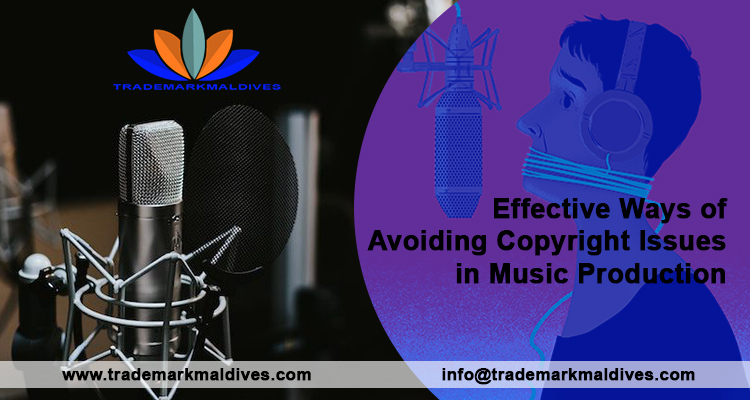Pearson Education (a British-owned education publishing company providing assessment services to students, schools, and corporations) has recently filed a Copyright Infringement lawsuit against its former partner, Chegg (an American education technology company). According to Pearson, Chegg infringed upon its copyright only after a few months following the end of the partnership between the two companies by selling answers to the end-of-chapter questions included in Pearson textbooks.
The lawsuit, filed in New Jersey’s District Court, looks forward to seeking unspecified damages, along with a court order that would restrain Chegg from using the answer sets from Pearson materials. Jonathan Band, a lawyer and an expert on the subject matter of Intellectual Property (IP), said in a statement delivered that the case in question could not only weaken Chegg but also have implications for all the study guides that are based on existing texts and stick to the general selection and arrangement of such texts.
As per various reports, over the past year, the subscription base of Chegg grew by 67%. Many students even attended online classes during the pandemic. Currently, the company owns a market capitalization of $11.1 billion and has 6.6 million users.
Pearson’s copyright infringement lawsuit includes 150 of its textbooks – for which Chegg provides many answers by using the language that is copied or paraphrased from the original questions; for instance, Chegg Study provides even more than 700 answers for questions included in a widely-known biology textbook, known as Campbell Biology.
A Chegg spokesperson in response recently said that the company would fight all allegations by Pearson vigorously as it is in full compliance with the Copyright Law. He further mentioned that Chegg has been helping a lot of students in learning and thriving for many years now by creating a transformative digital learning platform that aids in learning more at a lower cost and in a lesser time. He also stated that the partnership between the two companies ended this year on May 31; however, he didn’t specify the type of partnership they shared, neither did the Pearson spokesperson.
According to Band, determining copyright infringement, in this case, could be tricky. He believes that the case is made even more complex as it refers to nonfiction texts, which often face difficulties in getting the tag of copyrighted material. Let us understand this with an example – in a chemistry or history book, there are only a definite number of logical ways to present the material. The individual paragraphs or words are undoubtedly protected; however, if an individual is only presenting the info in some way or the other using his own set of words, the first author wouldn’t have a monopoly over the way to present information.
The lawsuit indeed expresses high levels of tension between the two companies involved. Recently, Pearson came up with a subscription service that provides the students with access to thousands of textbooks at $14.99 per month; thereby, giving tough competition to Chegg. For more visit: https://www.trademarkmaldives.com
Don’t forget to follow us on social media:
Facebook – https://www.facebook.com/trademarkmaldives/
Twitter – https://twitter.com/trademarkmaldiv
Linkedin – https://www.linkedin.com/company/trademarkmaldives/
Pinterest – https://in.pinterest.com/trademarkmaldives/











Comments